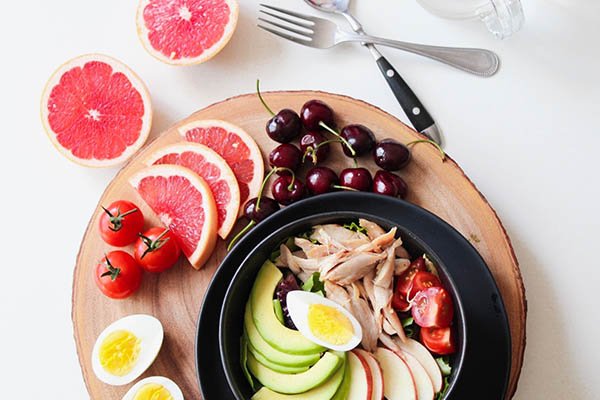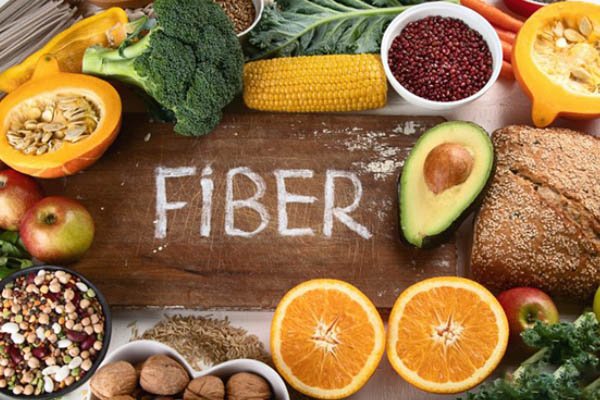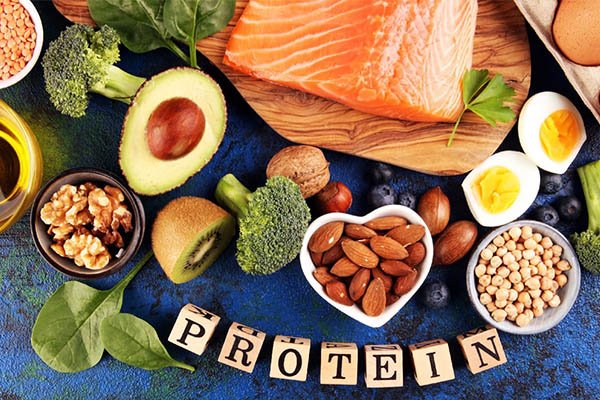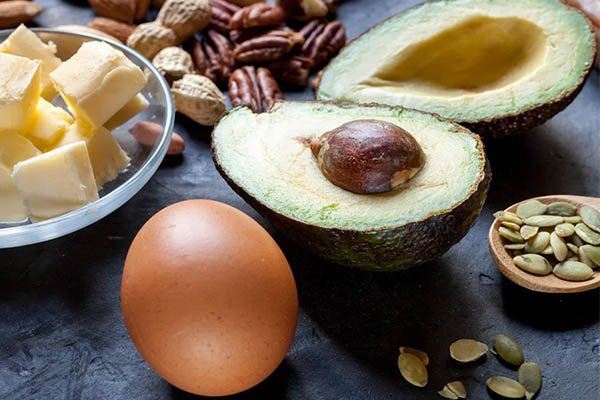Cooking For Good Health :- When most of us hear “diet,” our minds may jump directly to something restrictive–something that restricts social life or limits taste buds. But it does not have to be this way! Here is an introduction into healthy cooking that might just change everything for you!
Healthy eating doesn’t involve following an extreme diet; rather, it involves making wise choices and maintaining balance in what you consume each day.
Eating well should not be seen as a temporary trend but as part of your lifestyle choice that will provide long-term advantages for both health and wellbeing.
As they say, “You are what you eat”, and this dictum couldn’t be truer when discussing healthy eating habits. Unfortunately, many individuals lead hectic lifestyles which lack adequate nutritional balance.
Healthy eating habits can not only support body and mind wellbeing, but they can also increase longevity while decreasing your risk for chronic diseases later on in life.
Guide To Cooking For Good Health
1) What Is A Healthy Diet?
A healthy diet consists of fresh, unprocessed food that’s high in nutrients, calories and dietary fibre – foods rich in vitamins, minerals, antioxidants and other healthy elements.
All are essential for maintaining both body and mind health, but specifically in relation to diet. An ideal healthy diet consists of high fiber intake, reduced saturated fat intake, minimal added sugar consumption and lots of fruits and vegetables.
Healthy diets typically consist of whole grains, lean protein and healthy fats while being low in salt and red meat consumption. Of course, what constitutes a “healthy diet” will depend on many variables; thus it should not be applied rigidly across everyone.
Age, health, lifestyle and taste preferences all play an integral part of creating a sustainable diet plan. A healthy diet should not be seen as temporary but as something designed to fit seamlessly into one’s lifelong eating patterns and sustain them over time.

2) Eat More Vegetables And Fruits
Fruits and vegetables contain an abundance of fibre, vitamins, minerals, and antioxidants – all essential components for maintaining both physical and mental wellbeing. Fruits and veggies help regulate blood sugar levels and insulin production as well as help support cardiovascular health.
Lower cholesterol levels to reduce heart disease risk; and reduce calories while providing essential dietary fibre content – these all make for great snacks!
Produce, such as fruits and vegetables, can play an essential role in weight loss. For optimal results, aim to consume at least five servings each day of fruits and vegetables.
Your palate has many ways of enjoying fruits – they can be added directly to cereal or yogurt, smoothies, fruit salads or even pie!
Vegetables can add color and nutrition to sandwiches or salads, soup, or stir fry dishes. Plus, there are so many delicious ways to enjoy vegetables; baked potatoes with cheese on them make delicious side dishes; raw salad leaves or carrots are tasty snacks too!

3) Get More Fibre
Fibre is an integral component of a nutritious diet and plays an integral role in digestive and gut health, helping lower cholesterol and blood pressure, reduce risk for heart disease, and aiding weight loss.
Dietary fibre can also help regulate your blood sugar levels, making it an invaluable aid for controlling diabetes. Whole grains, beans, legumes, fruits, and vegetables all contain fiber in abundance; to meet daily requirements for fiber consumption you may wish to consume a range of these foods throughout the day.
Your breakfast could include fruit, your lunch could include vegetables and beans are an easy option for dinner. Bran can also be added for an added nutritious boost and whole grain bread added for sandwiches and salads.

4) Don’t Forget To Lean Protein
Protein is an integral component of any balanced diet and can be found in various forms in various food products. Protein provides essential benefits for weight management and muscle building as well as general wellbeing.
Exercise can also help regulate blood sugar and insulin levels, making it beneficial for those living with diabetes. Aside from being healthy, regular exercise also has other positive benefits.
Protein can also be delicious, and there is an array of tasty foods packed with lean proteins – fish, eggs, dairy products, beans/legumes/nuts and seeds being some examples.
Protein shakes or supplements should only be consumed when necessary due to health concerns such as muscle atrophy or diseases that reduce absorption.

5) Make Smart Choices With Fats
There are two types of fat that contribute to a nutritious diet: monounsaturated and polyunsaturated fats. There are also two less healthy forms: saturated and trans fat.
Avoid saturated and trans fats and focus on consuming more monounsaturated and polyunsaturated fats instead. Foods rich in monounsaturated fat include olives, nuts and avocado.
Polyunsaturated fats can be found in fish, corn, sunflower and pumpkin seeds as well as walnuts; while saturated fat can be found in meat.
Trans fat can be found in foods like fried foods, heavily processed products and baked goods, while saturated fats are commonly found in dairy and coconut products.

Also Refer:- Staples Every Dieter Needs
Summing Up
There are many advantages of eating healthily, as outlined above. Diet can also lower your risk for other diseases and increase longevity.
Dieting can help prevent many cancers, and ease symptoms associated with existing diseases. A healthy diet can be implemented by anyone as long as it’s done in an effective manner.
No need for complicated solutions here – they can easily fit into your lifestyle!








Leave A Comment